Add Brand
Sign In
Close

Ridge Vineyards
Are you the owner of this company?
Start your listing today – for free.
Register and add your brand description.
Country:
 United States
United States
 United States
United StatesProducts by "Ridge Vineyards"
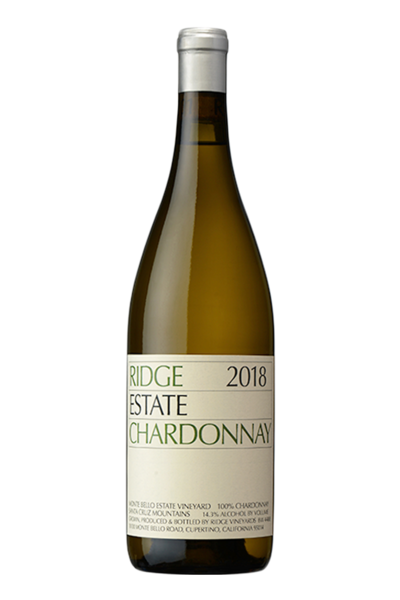
Ridge Estate Chardonnay
5.0

1 ratings

$52.62
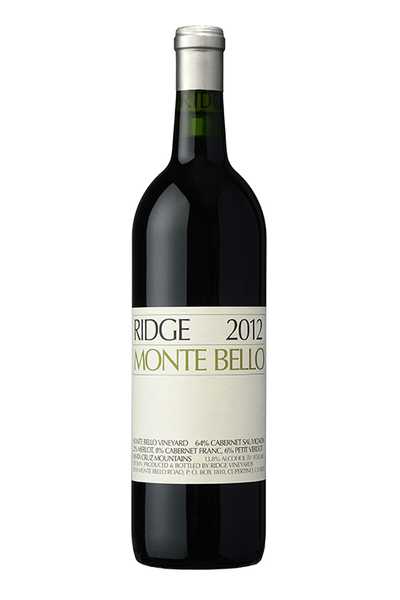
Ridge Monte Bello
5.0

1 ratings

$187.50

Ridge Estate Cabernet Sauvignon
5.0

1 ratings

$64.99
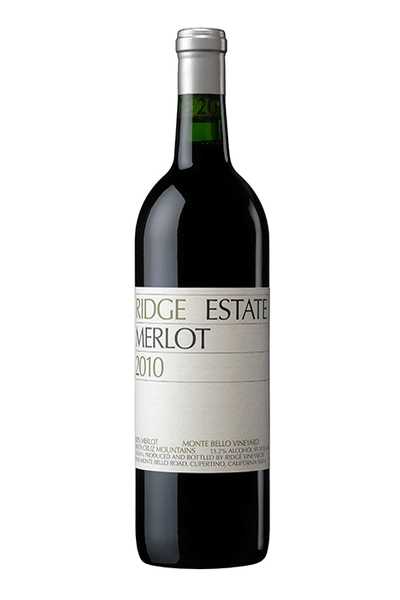
Ridge Estate 10 Merlot
5.0

1 ratings

$52.99
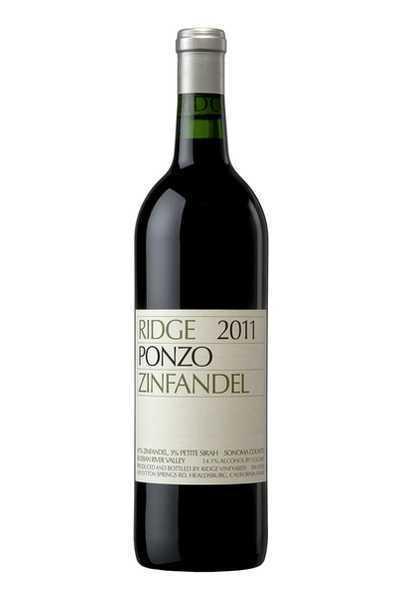
Ridge Ponzo Zinfandel
2.5

2 ratings

$33.99
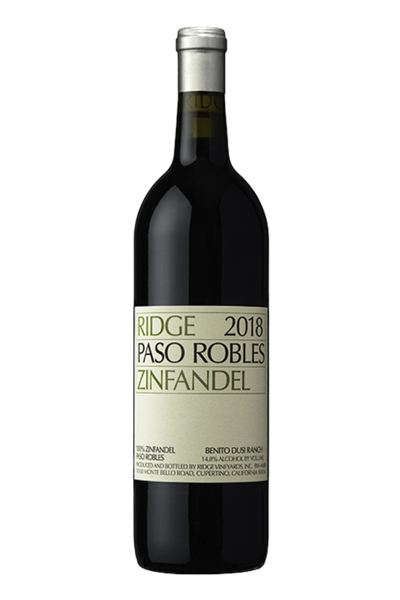
Ridge Paso Robles Zinfandel
5.0

1 ratings

$32.99
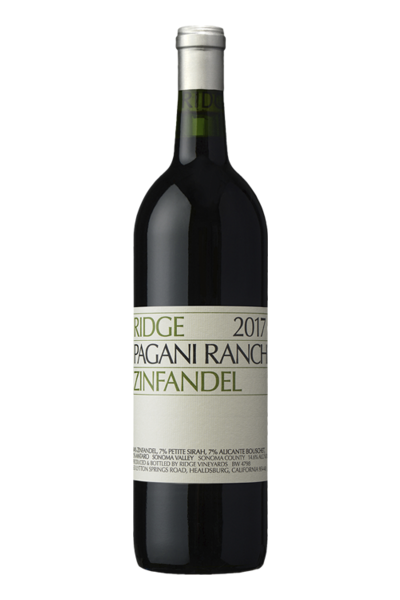
Ridge Pagani Ranch Zinfandel
5.0

1 ratings

$39.99
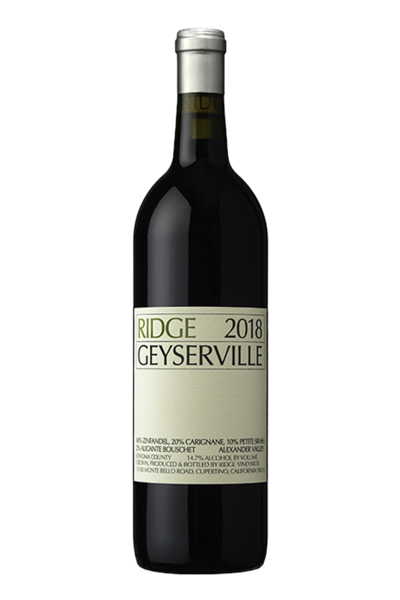
Ridge Geyserville
5.0

1 ratings

$43.67
View All
WikiliQ